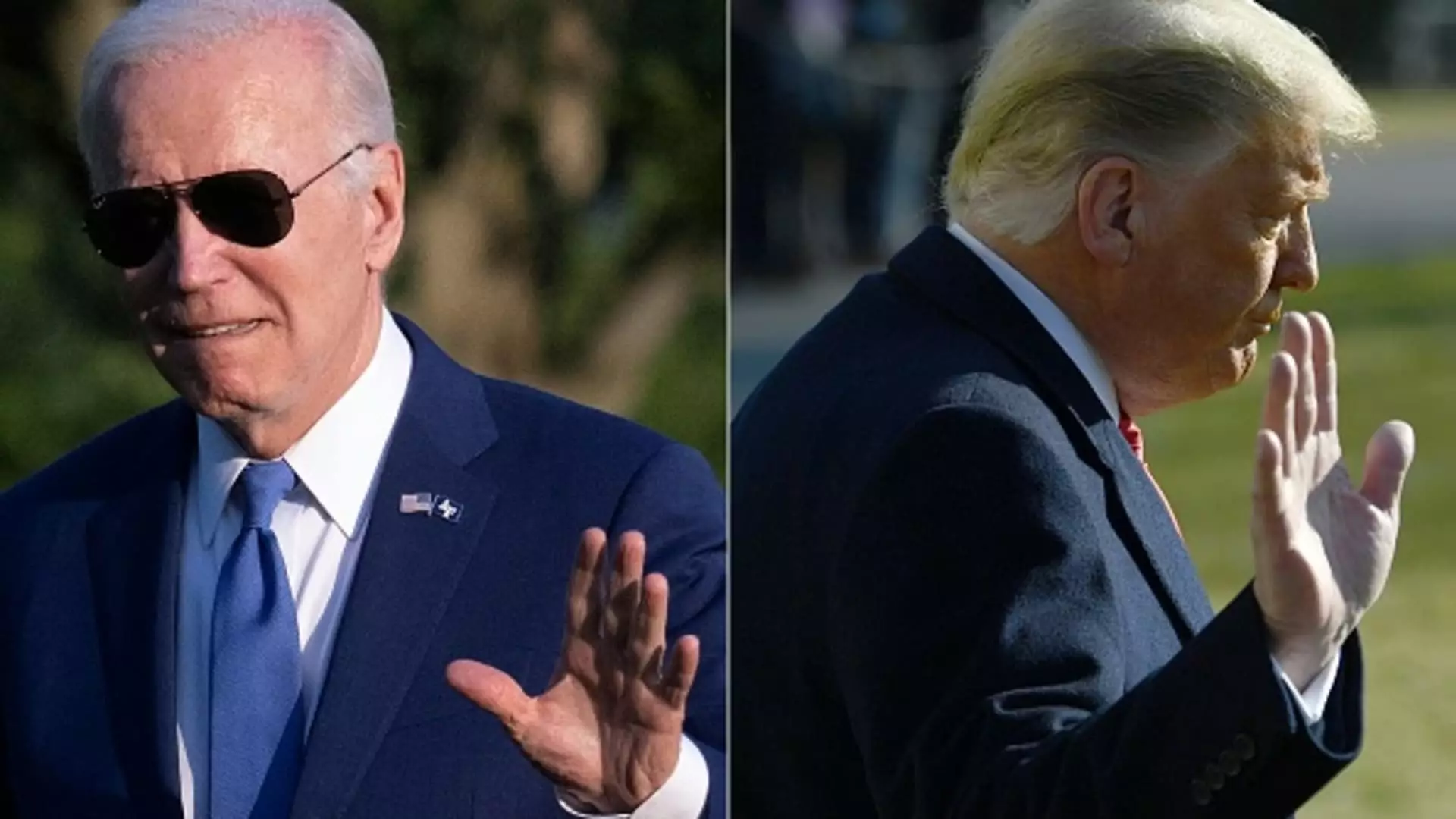As President Joe Biden and former President Donald Trump solidify their party nominations, the discussion around proposed tariffs and their potential impact on American consumers grows more intense. While Trump has expressed his strong support for tariffs, Biden’s stance on this issue remains somewhat unclear. The Trump administration implemented various tariffs during his first term, targeting countries like China, Mexico, and the European Union. Interestingly, the Biden administration has chosen to maintain some of these tariffs, highlighting an unexpected similarity between the two candidates in this particular policy area.
Trump’s proposal of a 10% baseline tariff on all U.S. imports, along with a 60% or higher tariff on Chinese goods, raises concerns among experts. Erica York, a senior economist at the Tax Foundation, warns that such a significant increase in import taxes could have detrimental effects on American consumers. A study conducted by the Federal Reserve Bank of New York revealed that in 2018, U.S. tariffs cost the average household $419 annually. If the 10% tariff were to be implemented, it could result in over $300 billion in additional taxes for U.S. consumers every year. This escalation in tariffs could also lead to retaliatory tax hikes on U.S. exports by trade partners, further complicating the economic landscape.
Contrary to Trump’s claims that imposing tariffs on China would force them to bear the costs, experts like Howard Gleckman from the Urban-Brookings Tax Policy Center emphasize that American consumers are actually the ones who end up paying the price. The added expenses incurred by American companies due to increased tariffs are typically passed on to shareholders, workers, and ultimately consumers. Therefore, any rise in tariffs on imported goods would inevitably translate to higher prices for both imported and domestically produced products in the U.S. This could pose a significant financial burden on American families, especially those with lower incomes.
While some critics argue that higher tariffs could contribute to inflation, data from Trump’s first term as president indicates otherwise. Despite the implementation of tariffs on various goods, the consumer price index did not surpass the historical average during this period. This suggests that while tariffs may impact consumer prices, their overall effect on inflation rates is more nuanced and complex than initially anticipated.
The debate surrounding proposed tariffs and their implications for American consumers remains a contentious issue. The contrasting policy approaches of Biden and Trump on tariffs underscore the need for a thorough examination of the potential risks and benefits associated with such economic measures. As the election approaches, voters must carefully consider the long-term consequences of these policy decisions on their everyday lives and financial well-being.

